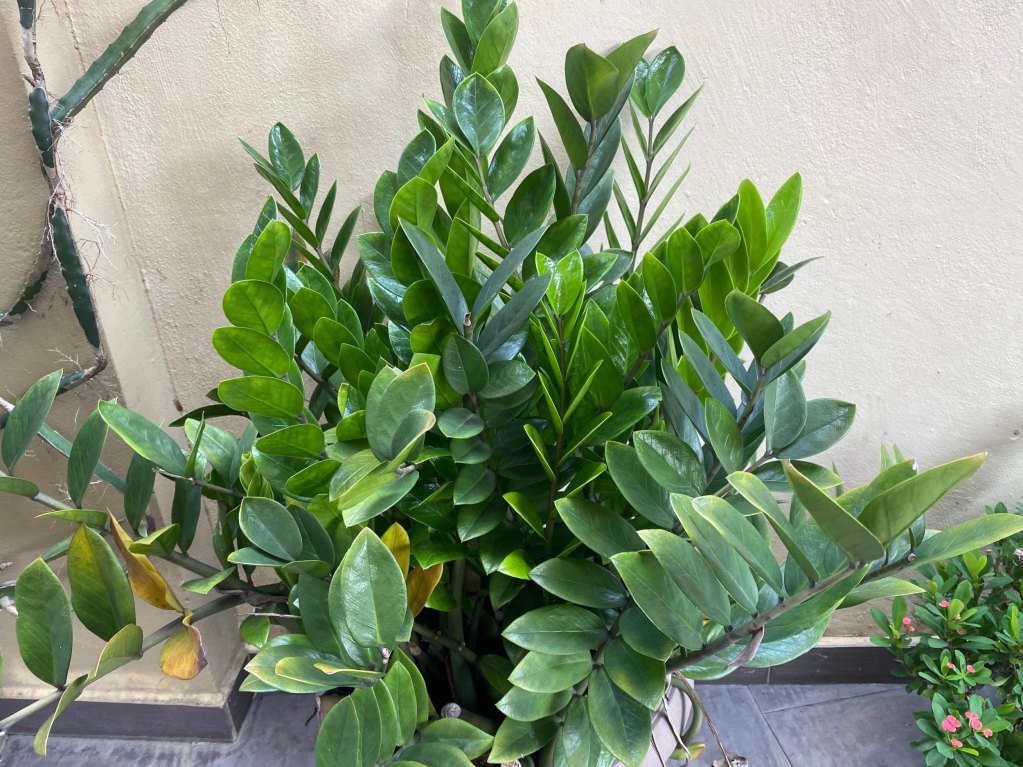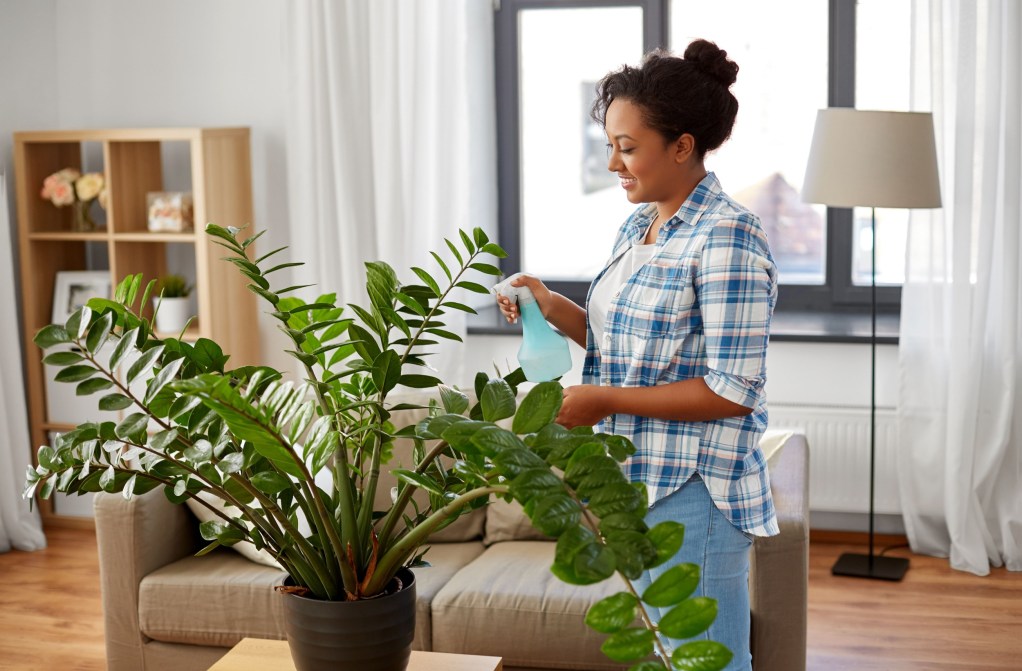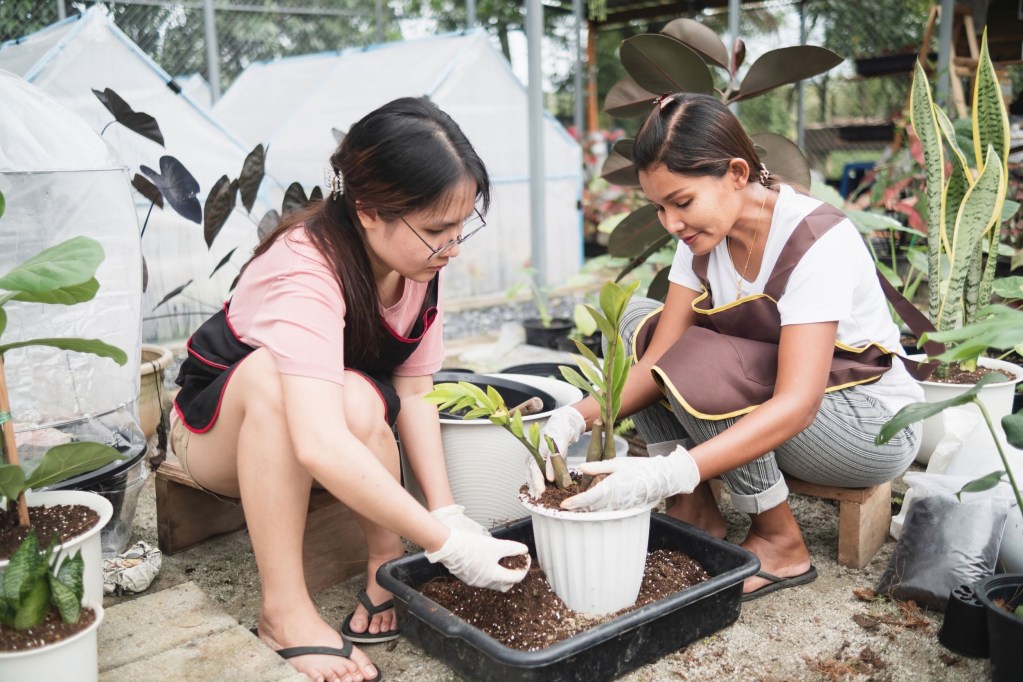The ZZ plant is a terrific option for those in need of a new leafy companion that thrives in low light and isn’t picky about watering or maintenance. It’s attractive and easy to care for, but if not handled properly, the ZZ plant can be toxic to people and pets. In fact, rumors have circulated in some corners of the internet that ZZ plants can cause cancer.
If you’re a ZZ plant owner or are thinking about investing in a ZZ plant, do you have cause to worry? What are the precautions you can take to ensure that you, your children, and your animals stay safe?
Here’s everything you need to know about the ZZ plant, its toxicity profile, and how to safely maintain it.

ZZ plant care: The basics
Although these plants prefer bright, indirect sunlight, they are of several indoor plant varieties that can thrive in lower lighting conditions. They are also highly resistant to drought and forgiving of owners who forget to water or are away from the home or office for extended periods of time. Ideally, you should water ZZ plants every week, but they can survive for longer without water. Overwatering can cause the roots to rot, so make sure your setup provides effective drainage.

ZZ plant toxicity
The ZZ plant is toxic. According to experts at Iowa State University, sharp calcium oxalate crystals within the plant’s sap are toxic and irritating to people and animals that make physical contact with or ingest any part of the plant. You would need to ingest an awful lot of the plant in order for it to become a serious medical issue. Irritation is usually mild. Still, skin can become irritated if it comes in contact with the plant. Ingestion may lead to nausea, vomiting, diarrhea, or stomach pain. Symptoms typically last for a few hours, but in unusual cases can be more severe or prolonged.

Do ZZ plants cause cancer?
Although rumors have persisted over the years that the ZZ plant has carcinogenic effects, there is no scientific evidence whatsoever to support this claim. Think about it: If ZZ plants had been found to increase the risk of cancer, what are the chances they would still be widely available for purchase? It’s unclear how or where this rumor originated, but this misconception is just that — a misconception. There’s nothing to fear! ZZ plants do not cause cancer.

Stay safe with your ZZ plant
A few simple steps can help you safely keep a ZZ plant in your home, even with pets and children in the mix.
Tips for safely caring for your ZZ plant include:
- Wear gloves when handling the plant extensively.
- Wash your hands and tools after handling the ZZ plant.
- Keep ZZ plants out of reach of pets or children.
- If needed, you can keep pets away by spraying the leaves with neem oil or adding coffee grounds to the soil (the odors are off-putting to animals).
- If a pet or child ingests the plant and is still ill after a few hours, call your veterinarian or pediatrician.
The ZZ plant is great for people seeking a tough, versatile indoor plant. While the plant is toxic, it only has mild and short-lived effects. There are rumors that ZZ plants cause cancer, but no evidence exists to support those claims. With a few basic precautions, you can grow your ZZ plant with confidence and watch it thrive for years to come.
Editors' Recommendations
- Here’s how often you should be fertilizing your indoor plants
- How much water do your houseplants need? Here’s a guide to houseplant water needs
- Confused and asking yourself, “What kind of cactus do I have?” – Here’s your guide to identifying cacti
- Here’s how to care for your aloe vera plant to reap its soothing benefits
- Here’s the easy houseplant care step you’ve been overlooking




